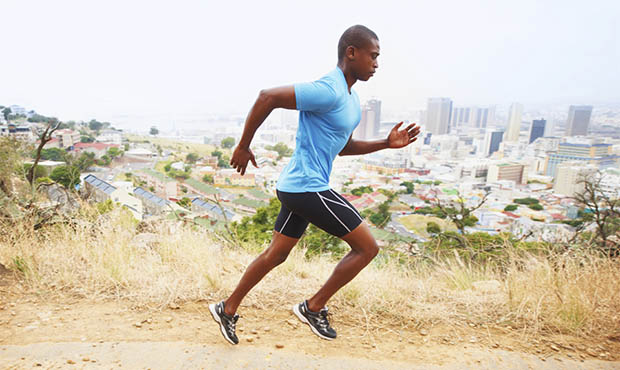
Never before have there been so many ways to track every aspect of running. What began a generation ago with simple stopwatches and heart rate monitors has morphed into lactate monitors, body temperature sensors and GPS devices of every kind.
While Type A, information-loving endurance runners typically relish the feedback of pace, distance and topography, there are, indeed, times when less external feedback can be of greater benefit.
So leave your watch at home in these situations, and just run for the heck of it.
Recovery Runs
Imagine a scenario in which you are having an enjoyable, relaxed recovery run in the aftermath of either a race or an intense training day. Midway through the run, you glance at your tracking device and find you are running considerably slower than you thought. A positive experience is quickly sullied, and the good feeling you had during your easy run has now put a sour taste in your mouth.
Recovery days are designed for runners to heal from harder training or racing efforts and allow the body to manifest the work you have implemented. These are days in which your overall effort is far more important than pace.
Additionally, recovery runs can and will vary wildly in terms of pace due to many other stressors, including varied topography or weather conditions. Other factors unrelated to training might also come into play, such as work schedule, family stresses and even menstrual cycles.
On the days you are meant to recover, ignorance is indeed bliss regarding your pace. Keep these runs relaxed to the point of an easily held conversation with training partners, which on some days can vary as much as a minute per mile at the exact same effort on a different day.
Don't take a one-size-fits-all approach to recovery, either. The overwhelming majority of current online training programs—specifically those devoid of day-to-day athlete/coach communication—dictate the pace at which athletes should be executing their recovery runs. These programs fail to account for the individual recovery needs of each athlete.
Running by feel on recovery days is most beneficial to achieve the intended purpose—recovery.


